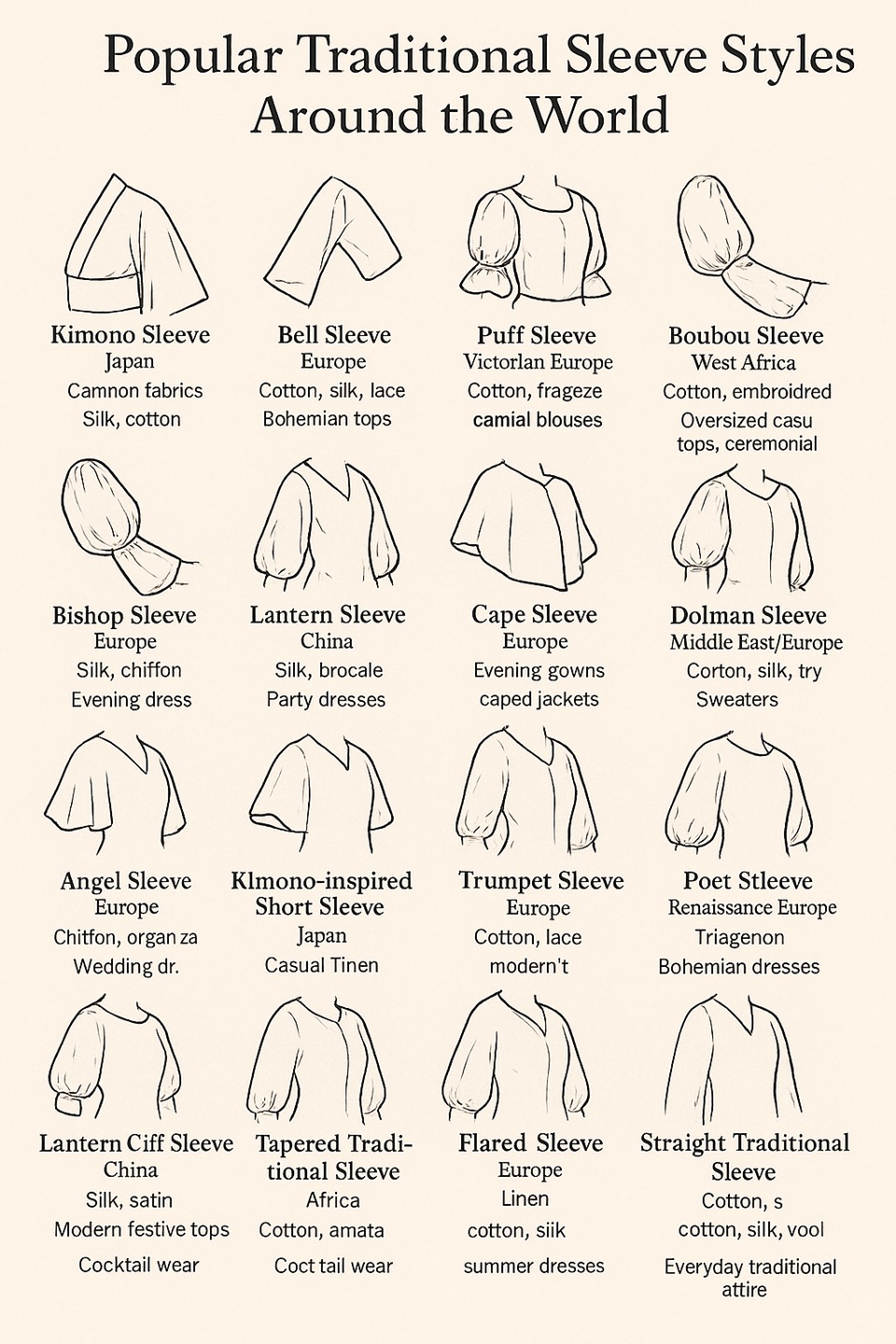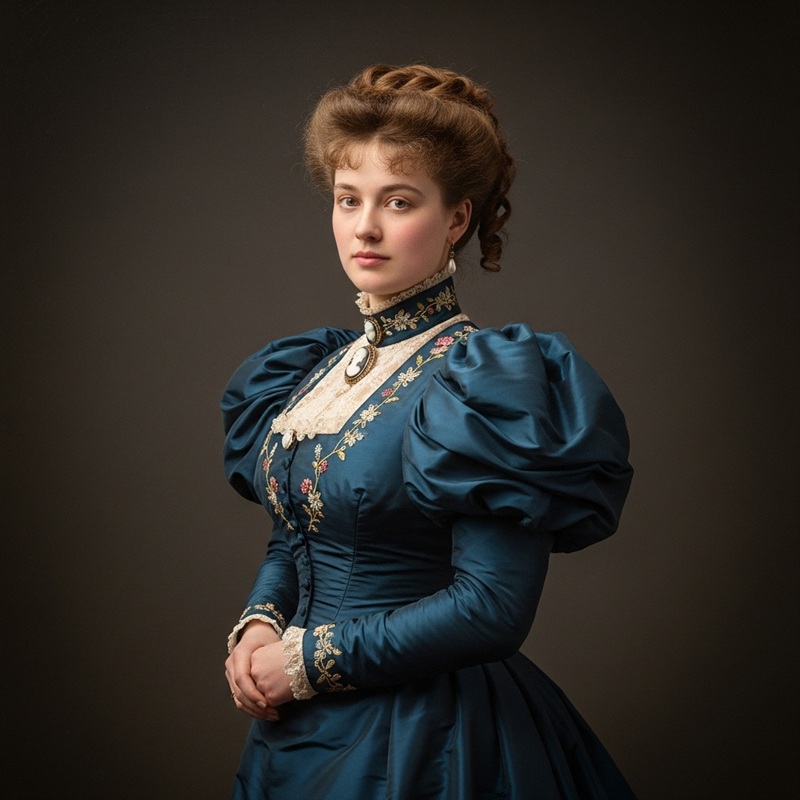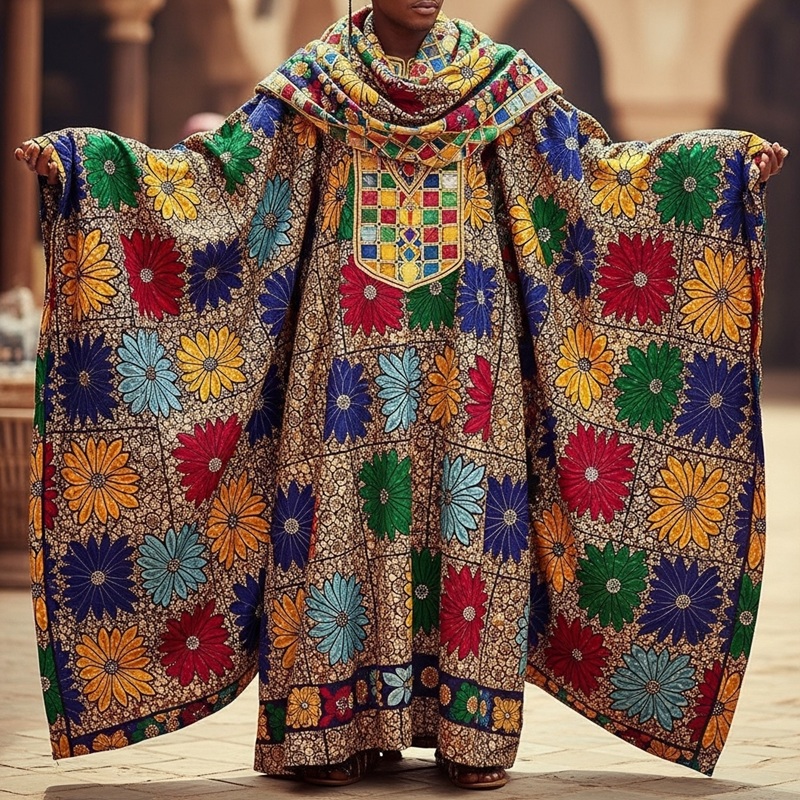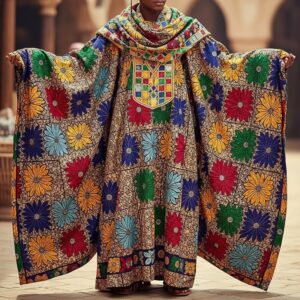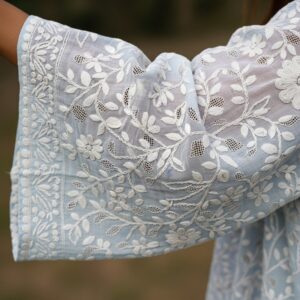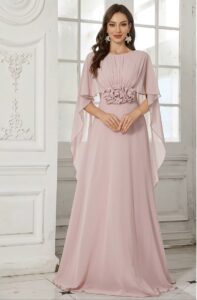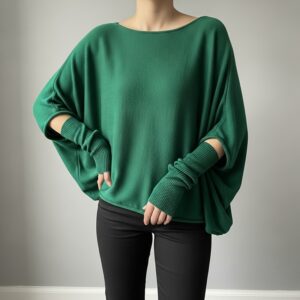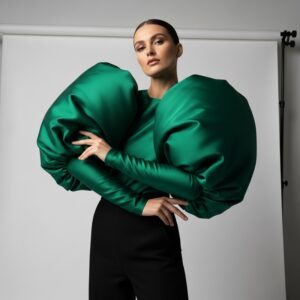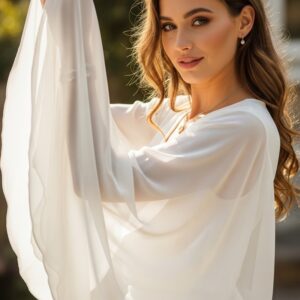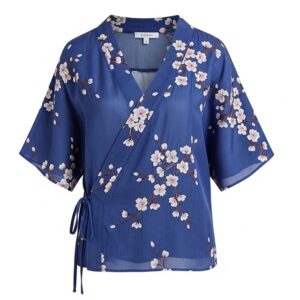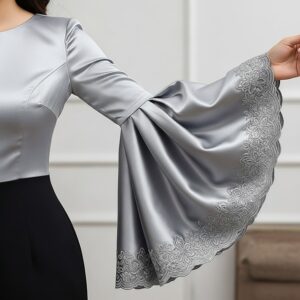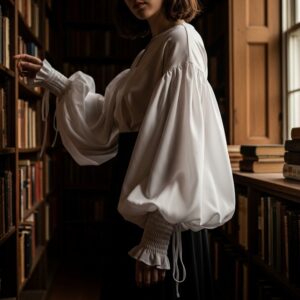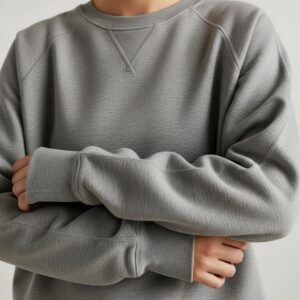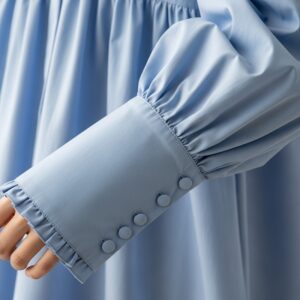Traditional Sleeve Styles: Discover Classic Designs with Modern Insights
A sleeve is more than a piece of fabric covering the arm; it is a canvas of tradition and culture. Across the globe, different societies have created sleeve designs that reflect their unique customs and social values. Traditional sleeves vary widely—from the flowing kimono sleeves of Japan to the structured bell sleeves of Victorian Europe.
Understanding traditional sleeve styles involves looking at three main factors: the history of the sleeve, the materials used, and the cultural significance. Each style has evolved based on the environment, social structures, and aesthetic preferences of the people who wore it.
History and Ethics of Traditional Sleeves
Origins and Cultural Significance
Traditional sleeves often began as practical solutions for climate and mobility. For example:
-
Kimono sleeves in Japan were long and flowing to provide comfort and modesty.
-
Victorian bell sleeves indicated wealth and status, as the wide fabric was expensive to produce.
-
African boubou sleeves were oversized, symbolizing generosity and community presence.
Over time, sleeves became markers of identity. They could indicate marital status, age, profession, or social rank. This ethical layer of meaning ensured that fashion choices aligned with societal expectations.
Symbolism and Social Ethics
In many cultures, the ethics surrounding sleeve styles dictated how much skin could be revealed, the color significance, and the appropriate lengths for various occasions. For example:
-
In South Asian attire, sleeve length and embroidery often indicate respect and modesty.
-
In European royal courts, sleeve design reflected hierarchy: more fabric and embellishments were reserved for the elite.
These traditions highlight how sleeves were not just decorative—they communicated morality, respect, and propriety.
Fabrics and Relevance
Common Fabrics in Traditional Sleeves
The choice of fabric greatly influenced the shape and movement of sleeves. Traditional sleeves are often utilized:
-
Cotton – breathable and easy to work with; common in casual or daily wear.
-
Silk – luxurious and flowing; often used in ceremonial or high-status clothing.
-
Linen – lightweight, ideal for warm climates, especially in Mediterranean cultures.
-
Wool – durable and warm, used in colder regions for outer garments.
Some fabrics were also hand-dyed or embroidered, reflecting local artistry and craftsmanship. Ethical sourcing of these materials often played a role in maintaining cultural traditions.
Relevance Today
Despite the rise of fast fashion, traditional sleeves maintain relevance. Designers often reinterpret these styles for modern silhouettes, combining historical aesthetics with contemporary fabrics. For instance:
-
Bell sleeves now appear in modern blouses and dresses.
-
Kimono-inspired sleeves are popular in casual jackets and robes.
-
African-style wide sleeves influence both formal and casual Western fashion.
The adaptability of traditional sleeves demonstrates their timeless appeal.
Relations Between Tradition and Modern Sleeves
Traditional sleeves have inspired modern fashion in numerous ways:
-
Silhouette Adaptation: Flowing, oversized sleeves are now streamlined for practicality.
-
Fabric Innovation: Modern textiles such as chiffon, polyester, and blends are used while keeping the traditional shapes intact.
-
Cultural Homage: Designers often use patterns or cuts reminiscent of ethnic heritage, merging old with new.
By blending historical knowledge with current trends, fashion can respect heritage while remaining wearable in daily life.
Who, Where, How, and When to Wear Traditional Sleeves
Who Can Wear Them?
Traditional sleeves can suit all genders, ages, and body types. Some considerations:
-
Longer, flowing sleeves are ideal for formal occasions and ceremonies.
-
Shorter or cuffed sleeves suit casual or work settings.
-
Volume and embroidery can be adjusted based on personal preference and body type.
Where to Wear Them
-
Cultural or ceremonial events: Weddings, religious gatherings, and cultural festivals are perfect for traditional sleeve designs.
-
Everyday fashion: Modified traditional sleeves can appear in casual tops, blouses, and dresses.
-
Formal settings: Sleek bell sleeves or tailored kimono sleeves can add elegance to work attire or evening wear.
How to Wear Them
-
Pair loose, long sleeves with fitted bottoms to balance proportions.
-
For layered outfits, ensure that sleeve volume does not hinder movement or comfort.
-
Embellished or patterned sleeves should remain the focal point, keeping the rest of the outfit minimal.
When to Wear Them
-
Seasonal considerations matter. Light fabrics in summer, heavier fabrics in winter.
-
Certain sleeve designs are associated with ceremonial use; for instance, kimono sleeves are often reserved for formal events in Japan.
-
Contemporary adaptations allow for year-round wear in casual or professional settings.
Styling Tips for Traditional Sleeves
-
Balance Volume: If sleeves are oversized, keep skirts or pants fitted to avoid looking overwhelmed.
-
Highlight Details: Use jewelry or belts strategically to draw attention to intricate embroidery or cuff designs.
-
Mix Fabrics: Pair traditional sleeves with modern materials for a fashionable contrast.
-
Layer Smartly: Use jackets or vests with tailored armholes to accommodate wide sleeves.
-
Footwear Matters: Long sleeves paired with elegant shoes create a cohesive, polished look.
Popular Traditional Sleeve Styles Around the World
Kimono Sleeves (Japan)
-
Wide and long, often extending beyond the hands.
-
Symbolize elegance and grace.
Bell Sleeves (Europe)
-
Flared from the elbow or wrist.
-
Popular in the 16th and 17th centuries.
Puff Sleeves (Victorian Europe)
-
Gathered at the shoulder for volume.
-
Often adorned with lace or embroidery.
Boubou Sleeves (West Africa)
-
Oversized and flowing, part of ceremonial robes.
-
Reflect social standing and generosity.
Chikan or Embroidered Sleeves (South Asia)
-
Lightweight cotton or silk with fine embroidery.
-
Used in daily wear and festive attire.
Selecting the Right Sleeve for Your Body
Broad Shoulders
Soft, flowing sleeves like bishop or kimono sleeves can balance the upper body.
Slim Arms
Add volume with puff or leg-of-mutton sleeves.
Petite Frames
Avoid exaggerated bell or leg-of-mutton sleeves; subtle puff or trumpet sleeves work better.
Tall Figures
Almost all sleeve styles can work; experiment with long bishop or cape sleeves for elegance.
Pro Tip: Sleeve fabric affects perception of volume—stiffer fabrics increase visual bulk; soft fabrics create drape and flow.
FAQs About Traditional Sleeve Styles
Q1: What is the most versatile traditional sleeve?
A: Bishop sleeves are highly versatile—they suit formal, casual, and semi-formal occasions depending on fabric and styling.
Q2: How do I know which sleeve fits my body type?
A: Focus on proportion. Voluminous sleeves enhance slim arms, while fitted sleeves balance fuller arms.
Q3: Can traditional sleeves be modernized?
A: Yes. Modern designers adapt sleeves using new fabrics, colors, and combinations with contemporary cuts.
Q4: Do sleeve styles affect comfort?
A: Absolutely. Large or voluminous sleeves can restrict movement if poorly constructed.
Q5: Are some sleeve types gender-specific?
A: Historically, some styles like puff sleeves were associated with women, while set-in sleeves were universal. Modern fashion often breaks these boundaries.
Q6: Which sleeve types are best for formal events?
A: Bishop, leg-of-mutton, trumpet, and cape sleeves are commonly chosen for gowns and evening wear.
Q7: Can sleeve fabric change a style’s effect?
A: Yes. Soft fabrics like chiffon make sleeves drape gracefully, while stiff fabrics give exaggerated volume and structure.



